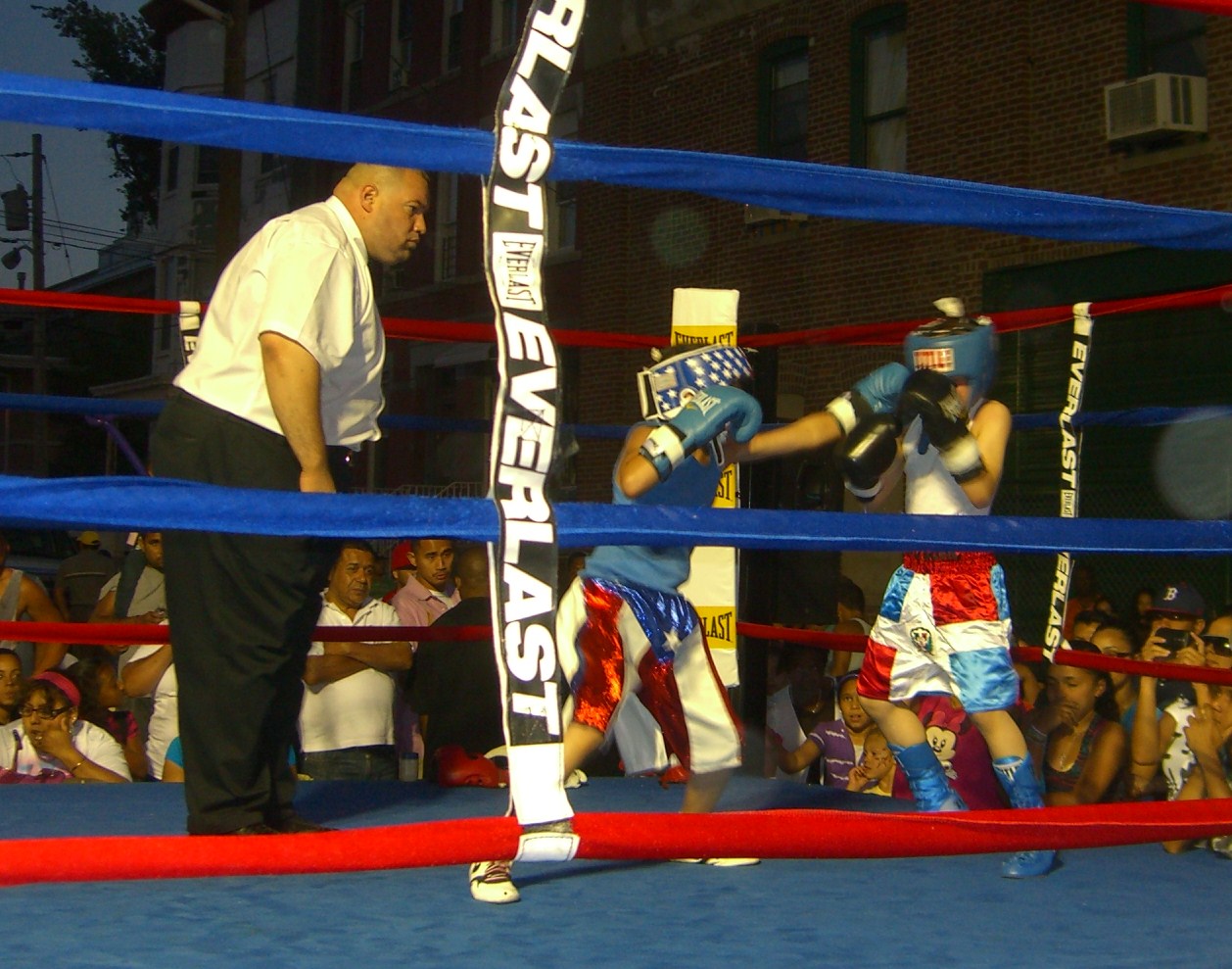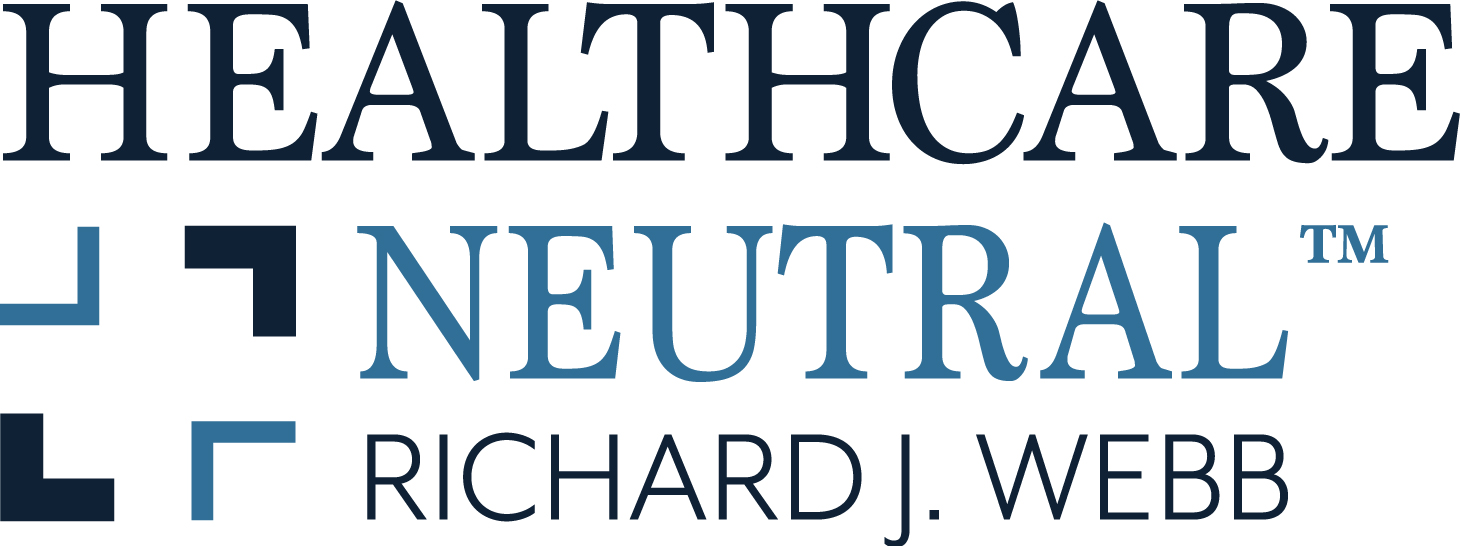
Part 3- Defining The Role Of The Hospital-Medical Staff Standing Neutral
February 29, 2012
I previously introduced the concept of the hospital-medical staff standing neutral, and how satisfaction of Joint Commission conflict resolution requirements and other advantages argue for its use. This Part 3 of the series will turn to the potential roles a standing neutral can fulfill. There is no blueprint to follow on this, nor should there be. The parties are free to define both the functions to be performed by the standing neutral, and the kinds of disputes that will fall within the standing neutral\’s purview. The hospital and the medical staff will need to agree on these things up front.
In all cases, the essence of the concept is that the standing neutral is selected in advance of any dispute, is given information sufficient to be familiar with the parties as problems arise, and remains readily available to deal with disputes quickly and efficiently.
The functions to be performed by the standing neutral can span the range of dispute resolution processes. Some parties may simply want a standby facilitator, who can jump in to assist the parties when their direct negotiations have stalled. A step up from this would be a formal mediation process. Other parties may want the neutral to hear from both sides and offer a non-binding recommendation for the resolution of their disputes. The parties may want the neutral to make a binding decision, effectively acting as an arbitrator. The standing neutral also may serve as a hearing officer pursuant to the fair hearing procedures under the medical staff bylaws. All of these may be used in different circumstances, individually or in combination, as suited to the parties\’ situation.
As for the kinds of disputes that will fall within the standing neutral\’s purview, the parties may consider disputes arising from some or all of the following:
– proposed changes to medical staff bylaws, policies and rules
– “turf battles” between members of the medical staff and the executive committee and/or the board of trustees
– credentialing and discipline of individual practitioners
– implementation or restructuring of hospital physician payment initiatives, including managed care networks, Accountable Care Organizations and “gainsharing”
– “economic credentialing”
– hospital-physician joint ventures
Next up, selecting a hospital-medical staff standing neutral.
[Image: a child amateur boxing exhibition match in Union City, New Jersey, July 1, 2010, by Luigi Novi]
